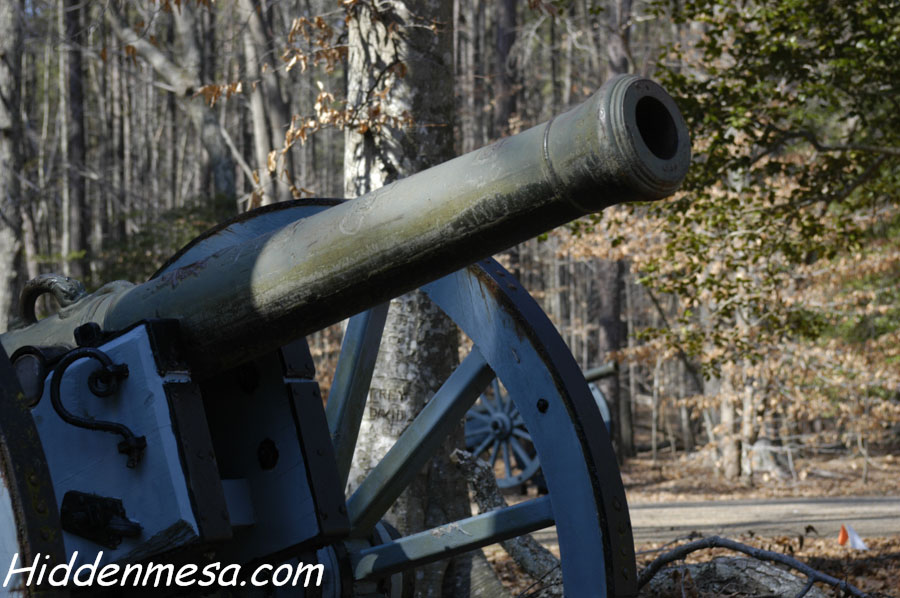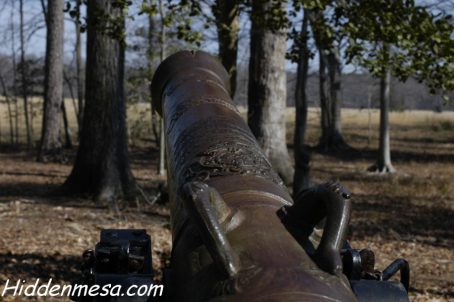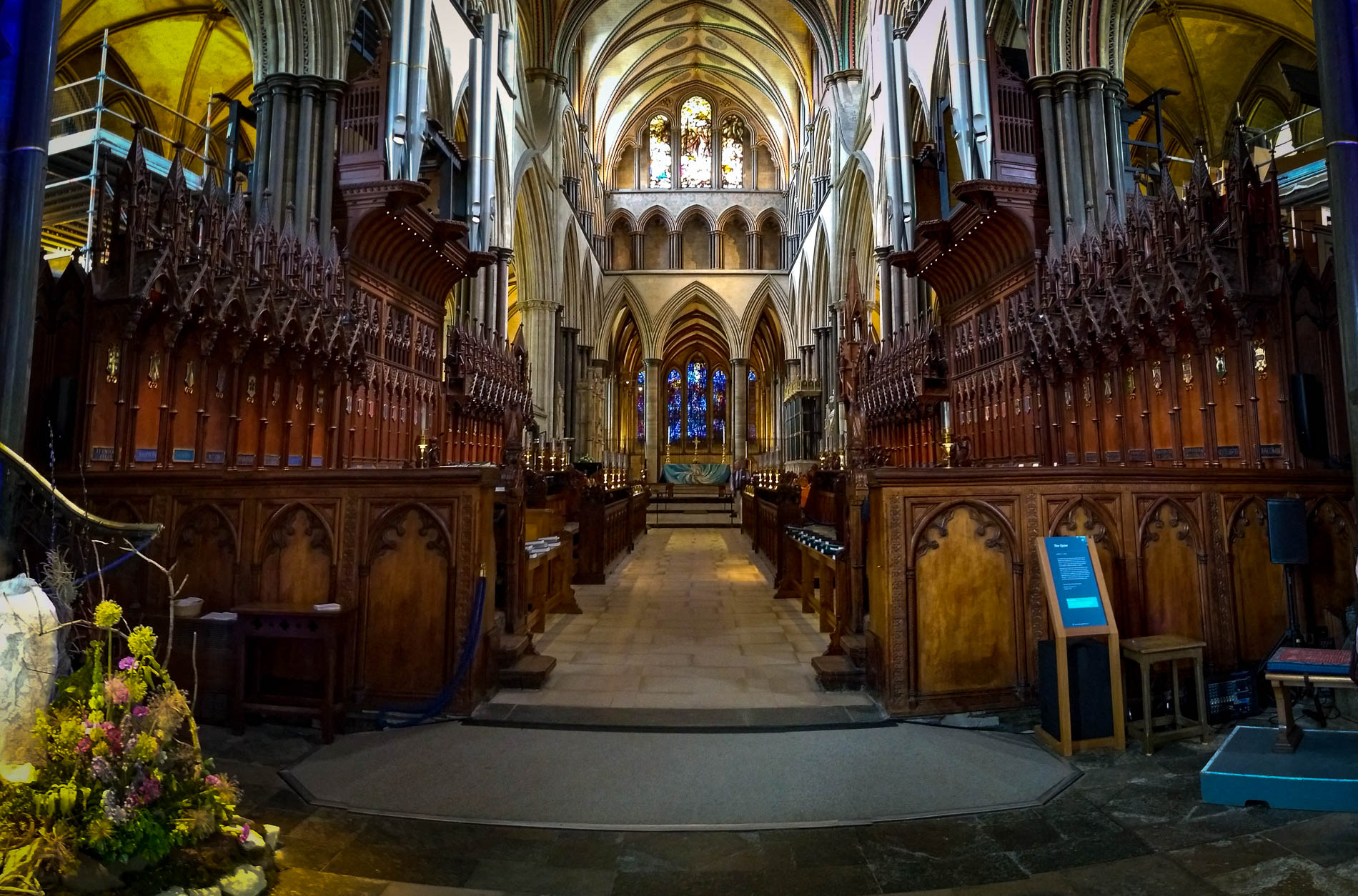Yorktown was established in 1691 as a seaport, primarily for the export of tobacco. Because of its great location along Chesapeake Bay, it quickly became a favored location for receiving and sending many other goods by ship. It had a wharf area along the waterfront, and a bluff overlooking the York River where many prosperous merchants and workers built their homes.
Like Jamestown and Williamsburg, this little town is rich in early American history, but its most famous event took place during the American Revolutionary War, when the last major battle of the war took place.
In the summer of 1781, British General Lord Cornwallis took possession of Yorktown to use as a naval base. When he heard about this, General George Washington, in cooperation with French General Jean-Baptiste Donatien de Vimeur (comte de Rochambeau) and Admiral François Joseph Paul de Grasse, traveled to Yorktown to engage the British. General Washington was also assisted by the 2nd Canadian Regiment, commanded by General Moses Hazen.
Yorktown is a protected harbor but still very accessible to the Atlantic, which is why it made such a desirable port during the American Revolutionary War.
Upon arriving at Chesapeake Bay, Admiral de Grasse’s fleet of 28 ships defeated the British Navy and set up a blockade, blocking General Cornwallis’ access to supplies and reinforcements. This was a significant sea battle because it marked the first major defeat of the British Navy in over 200 years.
When Washington arrived in Yorktown on September 28, 1781, he faced a British Army that was entrenched in good defensive positions around the town. The British had dug 10 redoubts (forward fortifications) to defend their position, had 65 guns mounted in the redoubts and a total of 240 artillery pieces. Unfortunately, they had no horses to help move the guns around, which limited their ability to move. Washington had 365 guns. The shelling on Yorktown and the British artillery was so intense that the British were only able to return fire during the night, when Colonial firing diminished. Washington shelled the British for three weeks while preparations were made for the assault. Overall, cannons were fired at the British at the rate of nearly 1.2 per minute for a total of over 36,000 shots fired in the shelling.
Washington’s army – combined with French and Canadian troops – totaled nearly 20,000. Cornwallis’ British army, assisted by a small contingent of German soldiers, numbered only 7,500. After continual shelling, Washington finally gave the order to begin the attack in earnest on October 9th. On October 17th, Cornwallis offered to surrender unconditionally.
It was customary during the 18th century that, when a commander surrendered, he did so in person, and handed over his sword to the victorious commander. In the case of General Cornwallis, he sent a subordinate to the French Army to surrender. When the French directed him to General Washington’s camp, the subordinate was received, not by General Washington, but by a subordinate that Washington appointed.
While the Revolutionary War officially lasted another year after the Battle of Yorktown, this was the last major battle. It shouldn’t be implied that the battle of Yorktown broke the British, or defeated them in any significant way. They lost 7,000 troops (taken prisoner), but still had over 30,000 in the Americas, outnumbering the Continental Army. They still held New York City, Charleston, South Carolina, and Savannah, Georgia. They also held parts of Florida and Canada. If the British were only fighting in the Americas, they might have continued indefinitely. Instead, they were fighting the French and Spanish elsewhere, and the loss at Yorktown probably helped the British realign their priorities. While it was clear that the Continental Army could not singlehandedly defeat the British Army, it was also clear that Britain could not control the Colonies. Two years after the Battle was over, the peace treaties were signed in September, 1783, and the British Army left New York, their final occupation, on November 25th.










